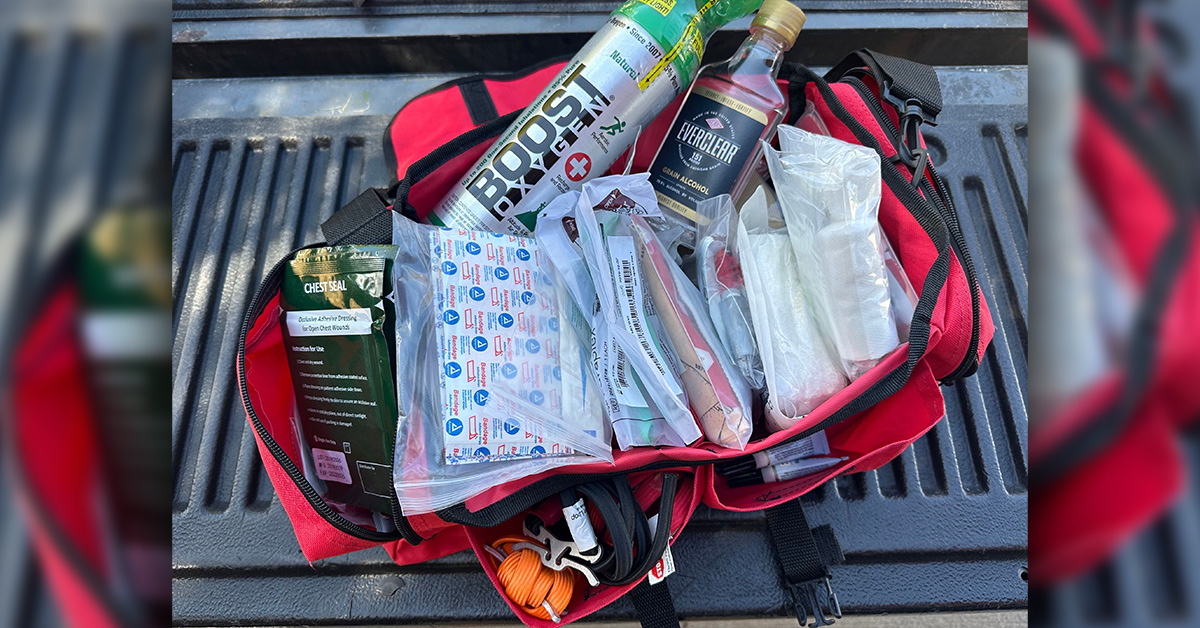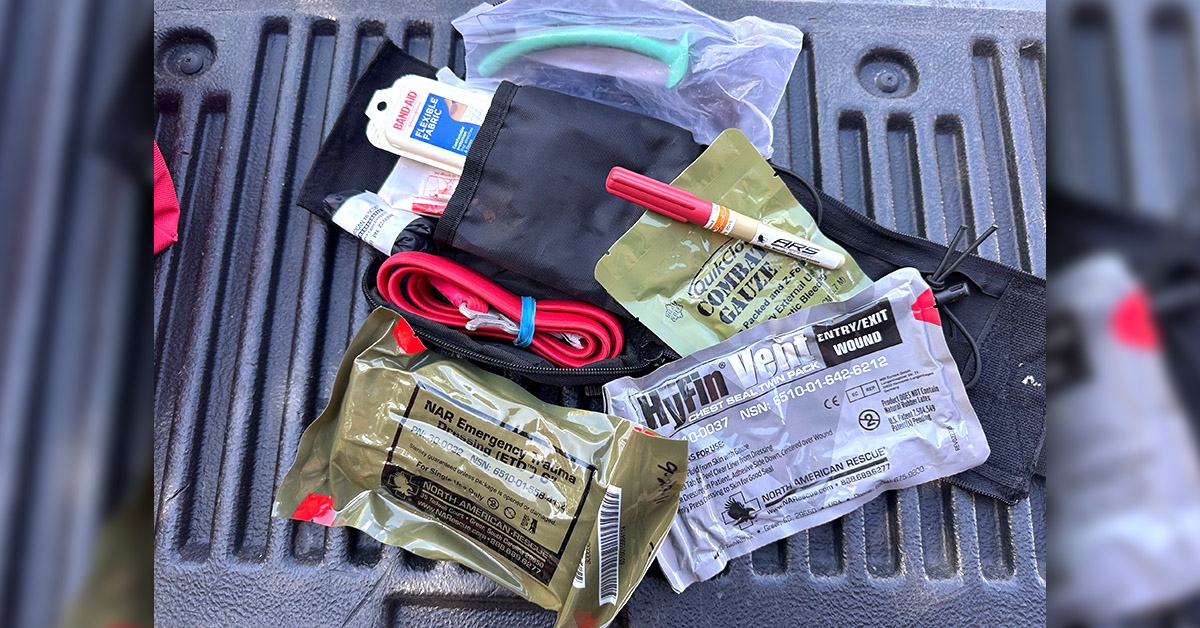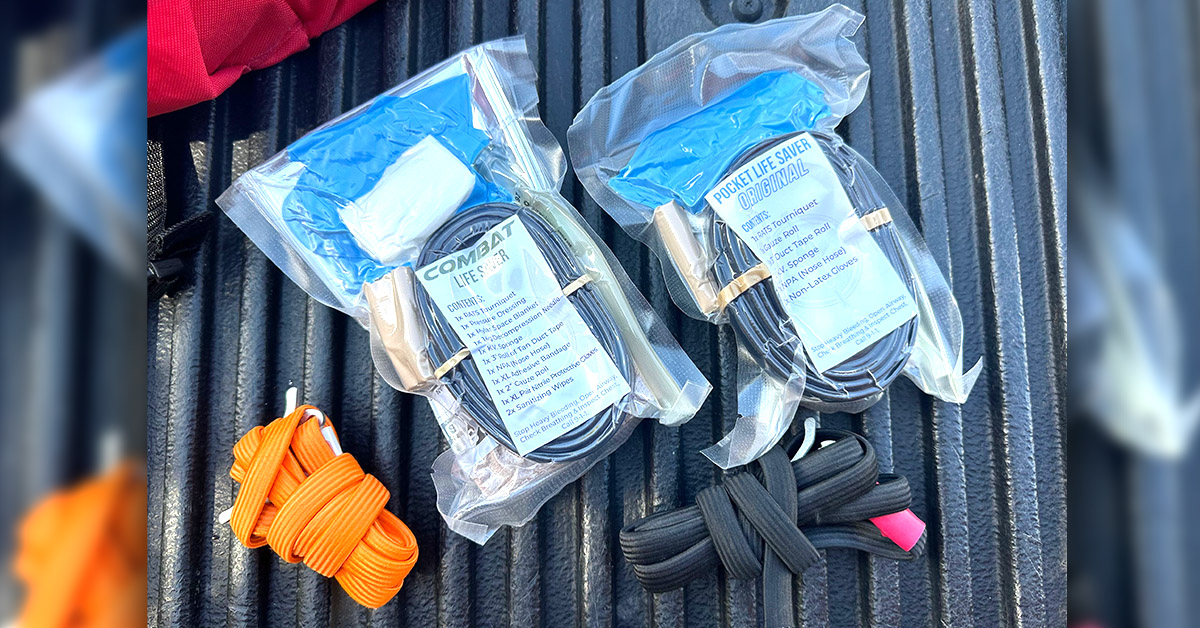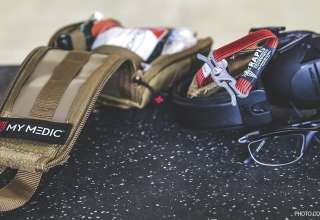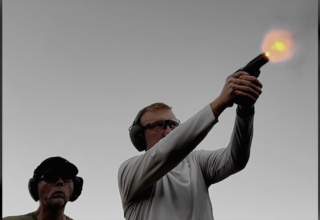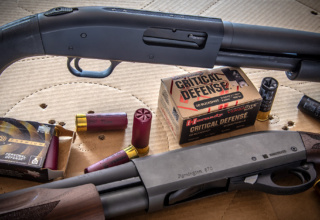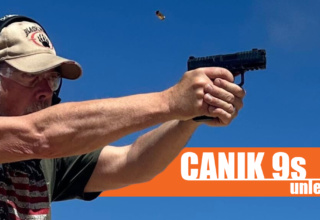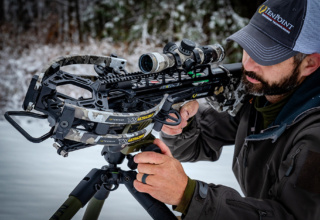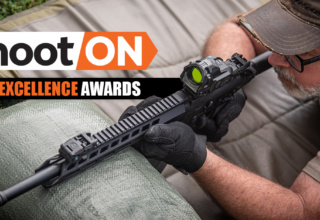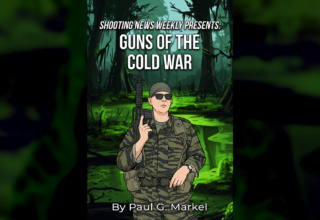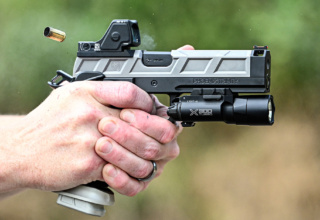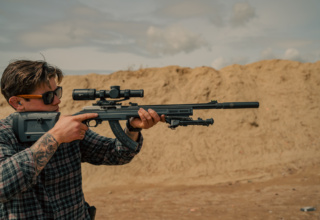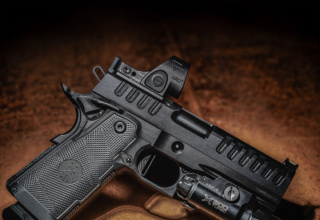Bad things can happen anywhere at any time, and those bad things seem to be happening with greater frequency. It’s time we all take trauma medical seriously.
by Paul G Markel
It keeps happening. Thanks to the decay of American society, mass killing attacks with guns and knives are all too common in our modern world. All the gun control laws and plastic signs have proven to be flaccid responses to the problem. Politicians seek to curtail the rights of citizens while the criminal and terrorist, not at all concerned with plastic signs or gun laws, continue to target the innocent.
Europe has stripped its tax-slaves of any and all means for self-defense and the number of mass terror attacks has risen, not abated. Fortunately, for those who reside in Free America, we have a choice. While we cannot prevent monsters from attacking us, our families, and our neighbors, we can make the choice to be prepared for such eventualities.
Also, even if we were to magically rid our nation of felonious monsters and foreign terrorists, the fact remains that high-speed automobile crashes plus home and industrial accidents still present the threat of death to the victim if those who are at the scene when it happens do not possess the skill and gear to stop-gap a life-threatening injury. During this piece, we will consider a Three-Step approach to preparing ourselves to address such traumatic injuries.
Step 1: At Home / Work
Whether you are at home, at work, driving in your vehicle, or walking through the grocery store, the first step is to understand how to recognize a life-threatening injury and then have the skills to stop-gap that injury until the professionals have time to arrive. If you have no idea where to start, we suggest reading the book, Beyond the Boo Boo: Traumatic Medical Training for Citizens.
Whether at home or in your place of business, a traumatic medical kit does not need to be compact or convenient to carry as space is not an issue. While you are not likely to carry a big red or orange bag filled with medical gear to the grocery store or the mall, you can and should have one at home and your place of business. All the kits we will consider in this review should have the same basic ingredients, but a bigger bag means that you can have more of it.
The home/work kit should contain several commercially made tourniquets, designated pressure dressings, rolls of Kerlex gauze, Coban/Vetwrap, tape (we learned in GWoT that duct tape sticks to bloody/sweaty victims better than any traditional medical tape), Nasopharyngeal Airways (NPA / nose hoses), adhesive chest seals, nitrile gloves, chest decompression needles, standard adhesive bandages, and antibacterial fluid to clean wounds (rubbing alcohol, hydrogen peroxide, even Everclear will work).
Note: a trauma doctor reminded me years ago that an unsealed/open bottle of hydrogen peroxide deteriorates rapidly. “Within a few weeks it is just basically water,” he stated.
Other ancillary items that can go in the big red bag would include super glue — the generic kind will suffice. A different ER doc once said to me, “You know the difference between medical adhesive and super glue?” “No,” I replied. “About $50” was his answer. Don’t forget a good set of tweezers. A combat corpsman on one of my teams introduced me to “Uncle Bill’s Sliver Gripper” tweezers many years ago. I bought them and have never looked back. Even a tiny sliver of wood or metal in your hand can ruin your day and get infected.
I live at high elevation, over 6500 feet. In our kit, we have the disposable aluminum bottles of oxygen. Yes, we have used them. The inexpensive mylar “space” blankets are another must-have to maintain body temperature on a trauma victim. Loss of blood / blood pressure dramatically inhibits the body’s ability to maintain core temperature. Trauma victims can and do die from hypothermia.
The big red bag should have handles and/or straps, making it easy to grab and transport to events or range outings. All firearms training classes that we conduct have the big red bag present on the range. Of course, every traditional range bag you own should have at least one TQ in it to go along with the one you have on your person.
Also, if you live and operate way out in the country, where a helicopter medevac is a reality, signaling gear is also prudent. Our big red bag has a red smoke canister. Ditto signal flares.
Step 2: Vehicle Kit
Some folks might decide to just put a big red bag, identical to the one in the house, in their vehicle. That is fine; however, I would caution against the idea that you can just take the bag from the house to the car and then back again. Your vehicle needs to have its own dedicated med bag.
At a minimum, the vehicle kit should be one of those “Blow Out” or “IFAK” sized nylon pouches that average about 8”x6”x4” or so. In that kit, you should have a commercial tourniquet. The Rapid TQ units are the easiest to carry in bulk. Again, you need a pressure dressing, gauze, gloves, tape, nose hose, etc. Don’t forget the normal adhesive bandages for standard boo-boos. Men, if you cut yourself, clean the wound and cover it. I don’t care if it’s a scratch. If your skin is compromised, bacteria can enter and cause infection. Even abrasions need to be sterilized as soon as possible to prevent infection. Don’t be a rock head — rubbing dirt on it is not a solution.
Step 3: Personal Kit
This last is both one of the most prudent and least utilized options — a personal kit. After the Boston Bombing, where there were mass casualties with massive hemorrhage to the arms and legs, we started getting inquiries about what people should carry. I made a video where I offered a bunch of suggestions. The typical response was, “Can you just put all that stuff in a bag and let me buy it from you.” Thus, the Pocket Life Saver was born in 2013.
The conundrum was to produce a kit that was small enough to be practically carried in a pocket or purse but had the minimum necessary gear to stop-gap a life-threatening injury. At the time, the TK4 tourniquet was the only commercially available TQ that was compact enough. The TK4 (sadly out of production) was not perfect, but it was a heckuva lot better than a belt or searching for a rag and a stick.
PS: Belts can work but they are one of the least practical options for a TQ. At a minimum, you should have a commercially made TQ on your person every time you step out of your front door, even if you don’t have a kit.
We discovered the Rapid TQ around 2014 and it was the perfect fit; compact and effective. These went into the Pocket Life Saver kits and have remained. Also included in the kit is gauze, gloves, tape, and NPA. There are several sizes of Pocket Life Saver kits — Good, Better, Best — and the larger ones have more gear.
As mentioned at the outset, having a kit on your body is extremely important, but most people tend to lean toward convenience. That’s a mindset problem. Consider any of the mass casualty events that have occurred. The person bleeding to death will be at your feet and your vehicle kit will be in the parking lot 100 yards away. What are you going to do? Tell them to bleed slowly, you’ll be back in a little bit? A trauma kit that is 100 to 200 yards away might as well be on the moon if a person, maybe your child or spouse, is bleeding to death right in front of you. Also, keep in mind, your kit is for YOU. You might be the one with a compromised artery. Are you going to run to your truck with a leaking brachial or femoral artery?
Lessons Learned
One of the big lessons learned from GWoT was that waiting for “the professionals” to arrive to stop a massive bleeding injury resulted in the unnecessary deaths of innumerable troops. A big change took place. Instead of relying on a single corpsman or medic to treat 30 or 40 men, every man was given traumatic medical training and gear to stop-gap a life-threatening injury while waiting on the pros to arrive. A compromised artery can lead to irreversible shock and death in a few minutes, not 10-15, but 3-5 minutes. If the victim has an arterial bleed and the ambulance is seven minutes away, without treatment, they will be dead or in irreversible shock before it shows up. Irreversible shock results in organ death. When deprived of oxygenated blood, organs begin to die.
You can build your own kit piece by piece or you can purchase a ready-made kit. If you buy a kit that was assembled by someone else, don’t just throw it in the closet or trunk (the Pocket Life Saver Kits are in clear plastic so you can see everything). Open the kit and take an inventory. Take the TQs out of the plastic wrap. During a medical emergency, you should already know where everything is in the big red bag and not have to waste time hunting for it. TQs should always be put in a place where they can be instantly accessed.
If you were smart or skilled enough to get a driver’s license or a CCW permit, you are certainly capable of learning basic traumatic First Aid and learning to stop-gap a life-threatening injury. In our modern world, the training and the gear are available. It is up to you to decide if the effort to get both is worthwhile.


